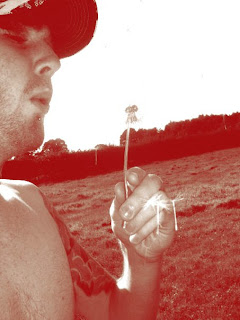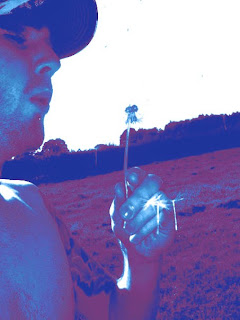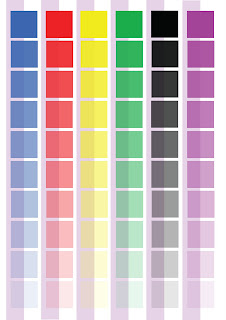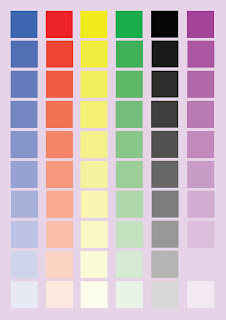So after doing plenty of research into packaging and promotion in the good ole libary, I decided too focus my attention on a few pieces which I have in my bedroom. I have taken several pictures of pieces of packaging which are commonly seen.



I firstly took a look at a more commonly seen bag on the high street. This 'Jack Wills' bag has a superb quality feel. The material used feels expensive and strong. Bright colours and a distinctive but subtle logo seems too be a common technique used by stores.

Another commonly seen bag - however this 'Officers Club.' bag does not have the same quality feel as the 'Jack Wills' bag, weight and stock is a big issue for price and feel.



The packaging above was used too store my new Mac charger. Again, same as the 'Jack Wills' bag this product feels expensive and the packaging has a distinctive 'successful' feel. The weight and stock as well as the quality of the packaging itself has a massive affect on the products success.



This is a nice small example of packaging a unique product. The stock has good weight and is strong. It holds its product safely in a small area - this packaging therefor fills its role well. Its distinctive like mentioned above by using its logo and a bright colour, so the audience/purchaser knows what it is and whom its by.
.jpg)







































